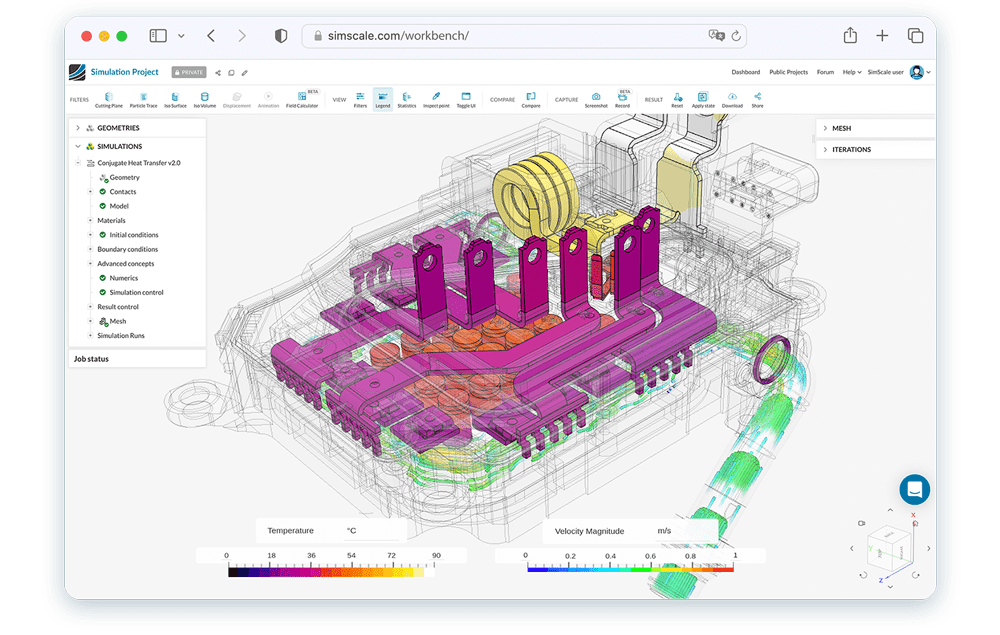
Many materials and products have temperature-dependent characteristics; this makes analyzing the impact of heat and ensuring thermal management of structures and fluids crucial in product development. The SimScale cloud-based simulation software platform allows you to predict the airflow, temperature distribution, and heat transfer. Use SimScale’s thermal simulation as a heat transfer simulator to analyze and optimize your product early in the design phase.
SimScale’s thermal simulation software component enables you to perform both thermomechanical and heat transfer analyses. The thermal analysis software takes into account the energy balance of the system. When investigating thermomechanical components, the effects of thermal loads on solids can also be included. For many industrial applications, simulating the stress response to thermal loads and understanding failure is essential. Applications include polymeric materials, valves, pipes, basket strainers, PCB, pressure vessels and more.
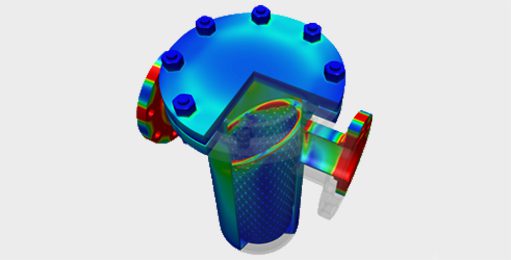
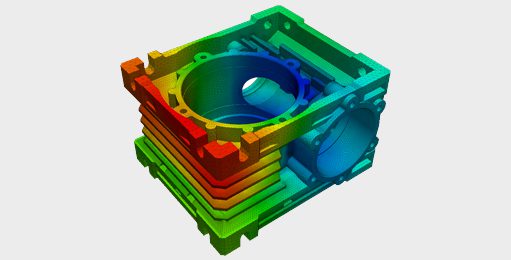
SimScales’s heat transfer simulation allows you to simulate coupled heat transfer in fluids through convection and heat transfer in solids via conduction. The thermal analysis software parameters are determined by the type of fluid convection such as natural, mixed or forced convection. Some of the areas in which it can be used are heat sink design, electronics cooling, heat exchangers, automotive thermal management, nuclear reactors, and beer brewing.
Conduction refers to a heat transfer between substances that are in direct contact with each other. In theory, heat energy passes from the hot to the cold end of the substance and is directly related to the conductivity of the material. The SimScale thermal simulation software offers a module for various types of applications where heat and energy are significant study parameters. You can simulate conduction between different materials and can also model temperature-dependent conductivity. Examples include car brakes, heat sinks, aluminum casing, worm gearboxes, and more.
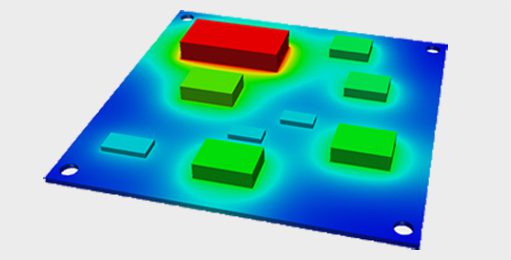
Convection (also known as convective heat transfer) refers to the transfer of heat between two areas, through the movement of fluids. Common in liquids and gases, it occurs when fluid molecules absorb heat and change density, leading to convection currents. The applications of convection are numerous and include LED heat sinks, light bulbs, electronics cooling, refrigerators or indoor cooling.
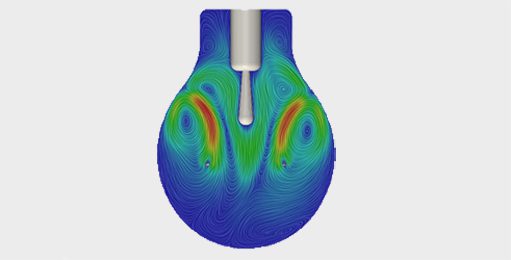
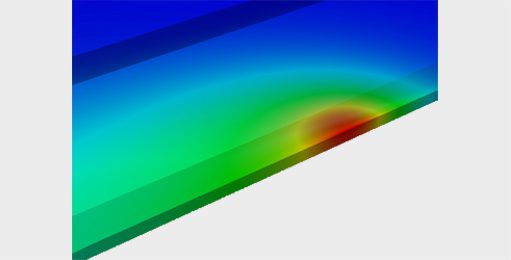
Radiative heat transfer, or radiation is the transfer of heat through electromagnetic waves. In product design, radiation usually starts to play a role in high temperatures. A well-heated part releases its energy to the ambient environment in form of a radiative heat tranfer. The emissivity value depends on the surface type. Radiation can therefore be used to analyze heat loss in high-temperature components. SimScale’s thermal analysis software supports surface-to-ambient radiation, common in a wide range of applications, including the investigation of spotlights, metal forming, laser beam welding, bulb filaments, and thermophotovoltaic cells.

I have used a lot of simulation packages over the past 25 years, including Nastran, Ansys, SolidWorks, and a whole host of others. I have been using SimScale for about nine months now and it has become my goto simulation tool. It allows me to run models larger than I have ever conceived on my own workstation.
Christopher Quijano Mechanical Engineer at MSA, United States
Sign up for SimScale
and start simulating now